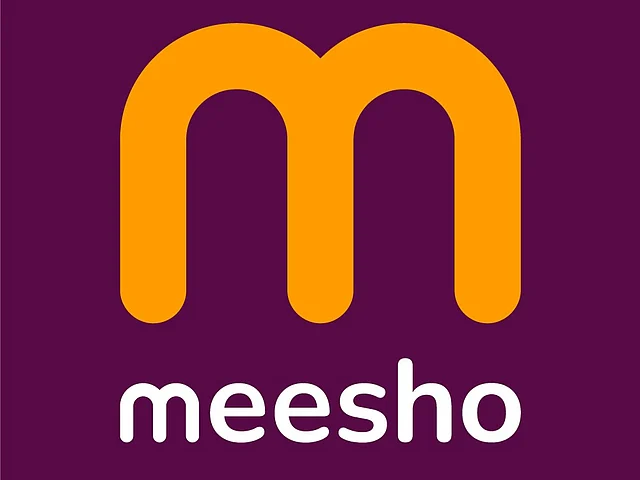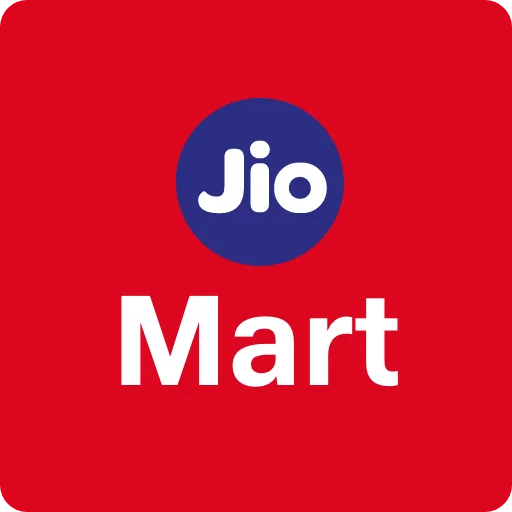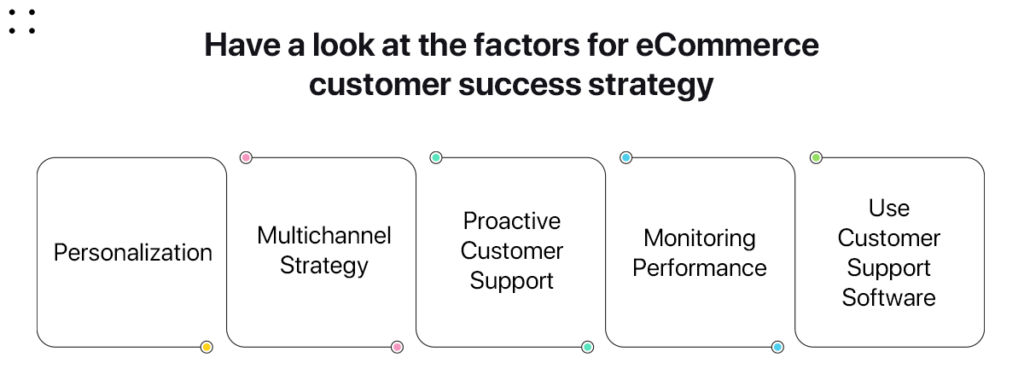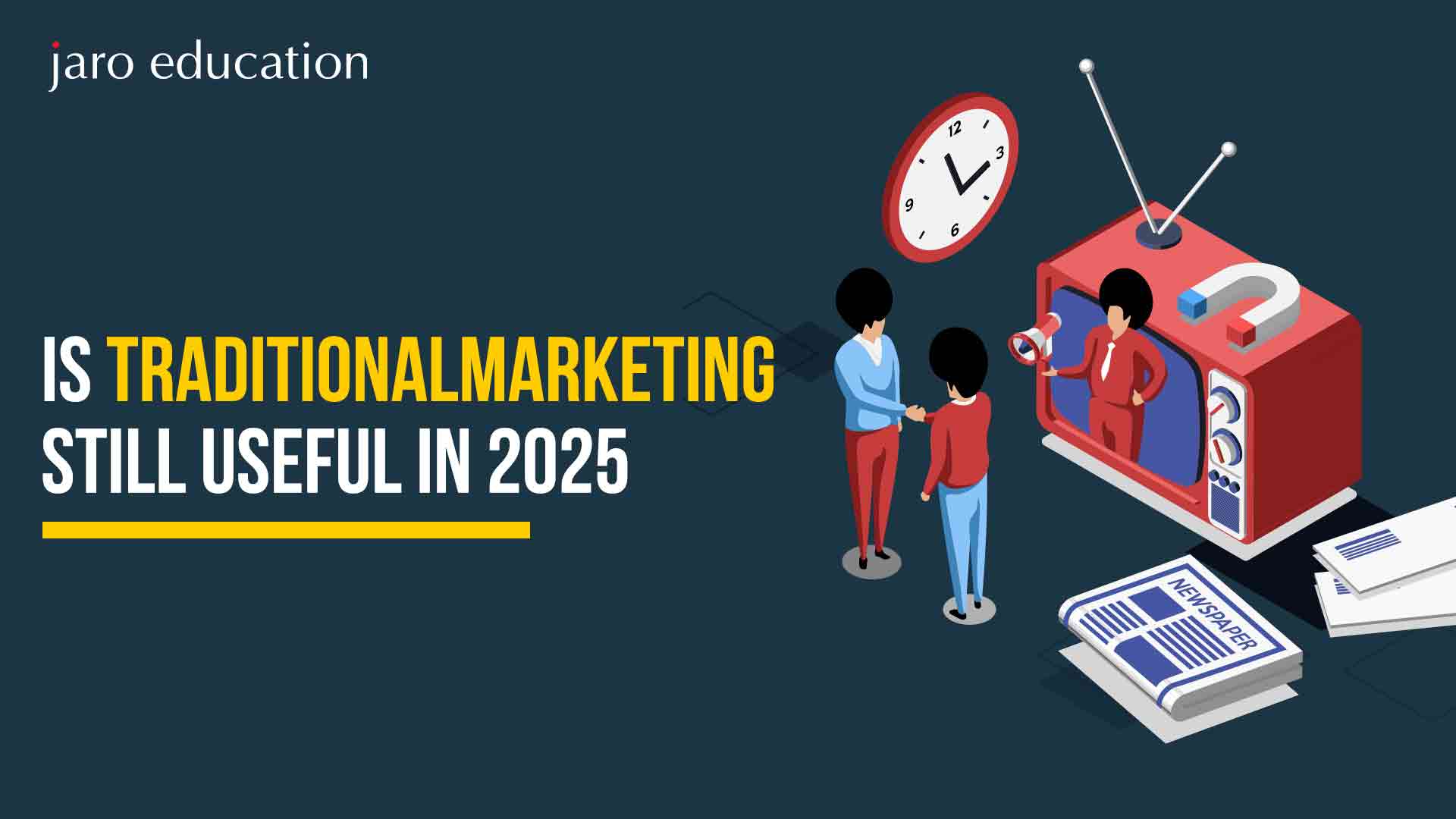Top E-Commerce Case Studies: Success Stories and Key Takeaways
Table of Contents

The Indian e-commerce sector has witnessed a boom recently. It can be seen from the fact that several new startups and established companies have revolutionised how consumers purchase online. These businesses have not only transformed how consumers purchase goods and services, but they have also encouraged numerous more businesses to enter the e-commerce market.
The article offers the top 10 success stories in Indian e-commerce that changed the rules of the game and set the bar high. Knowing about profitable e-commerce business tactics is very informative for both existing companies and ambitious entrepreneurs.
Let’s dive into some noteworthy case study topics for e-commerce, focusing on the creative strategies and insights in this blog.
India’s Top E-Commerce Case Studies
Businesses ranging from online marketplaces to speciality retailers have overcome a number of obstacles to establish a strong brand identity and provide excellent customer experiences.
Going through various case studies and e-commerce case study questions and answers helps you prepare for success in the Indian e-commerce sector. Learn about the strategies and achievements of various Indian e-commerce businesses in this blog.
E-Commerce Case Study 1: Flipkart
Founded in 2007, Flipkart is one of India’s largest online retailers. Starting as an internet bookshop, the company expanded over time to include a range of products—electronics, clothes, household products, and more.
One of the primary reasons for Flipkart’s success is its relentless emphasis on customer satisfaction. The firm provided a smooth and tailored customer experience using a user-friendly website and mobile app, several payment options, and a powerful delivery network.
Flipkart also brought out the cash-on-delivery concept, which solved the issues of trust and ease for consumers reluctant to pay online. Over the years, Flipkart has set several milestones and received several awards for its distinctive business model and customer-centric approach.

*Flipkart
Key Takeaway:
Flipkart’s transformation from a small online bookshop to a major e-commerce company shows the strength of customer-centric innovation. Flipkart addressed customer trust concerns head-on by offering India’s first cash-on-delivery choice, a smooth shopping experience via its website and application, and a strong delivery network.
Even today, the defining element of the company’s sustained success and market leadership is its capacity to foresee customer requirements and provide intelligent technology-enabled solutions.
E-Commerce Case Study 2: Nykaa
Nykaa is an online retailer with headquarters in Mumbai that focuses on health and cosmetic supplies. The company’s distinctive value proposition, which includes a large selection of products from both domestic and foreign brands, low pricing, and a seamless customer experience, is responsible for its success.
With a focus on social media and influencer collaborations, Nykaa has made significant investments in marketing and branding. Nykaa’s strong Net Promoter Score (NPS), which is among the highest in the e-commerce sector at 70, demonstrates its dedication to client pleasure. The valuation of Nykaa was over $1.2 billion in 2020, and it has aspirations to increase its product lineup and retail presence over the next few years.

*productmonk.io
Key Takeaway:
Nykaa’s success highlights the importance of trust-building, brand curation, and digital-first consumer engagement in a niche sector. Using strong influencer marketing, seamless user experience, and competitive prices along with a massive range of beauty items, Nykaa developed a beauty network that seems attainable. Its high NPS score of 70 and billion-dollar valuation show not just consumer happiness but also strategic vision and brand credibility.
E-Commerce Case Study 3: Myntra
Myntra is an online retailer of fashion and lifestyle products that has revolutionised the Indian fashion market with its creative thinking and dedication to the customer experience.
Offering a large selection of reasonably priced, fashionable products with an emphasis on customer preferences and personalisation has helped Myntra stand out among rival retailers. The business has also made use of technology to offer features like chatbots for client help, customised recommendations, and virtual try-on.
Myntra rapidly responded to the COVID-19 outbreak by starting projects like virtual fashion shows and contactless deliveries. It also collaborated with local manufacturers to make face masks and other necessary products.
Several honours and awards have been given to Myntra in recognition of its success, including the title of Most Admired & Valuable Power Brand in India in 2020.

*Myntra
Key Takeaway:
Myntra’s ascent in the Indian fashion e-commerce sector shows how combining technology with thorough knowledge of customer tastes drives brand loyalty and market distinction. Myntra always led the way with AI-powered product suggestions, chatbots, virtual try-ons, and contact-free deliveries during the pandemic.
Being named a ‘Most Admired & Valuable Power Brand’ underlines the influence of its personalised strategy and nimble operations in a rapidly transforming retail sector.
E-Commerce Case Study 4: Paytm
Vijay Shekhar Sharma established the digital wallet and e-commerce platform Paytm in 2010. The business began as a platform for cell phone recharges and bill payments, but eventually broadened its offerings to include online shopping, flight and hotel bookings, and investments in digital gold.
Focusing on cashless transactions is one of Paytm’s primary business strategies, which is especially important in a nation where a substantial portion of the population lacks access to banking. Apart from that, several business and governmental organisations have also acknowledged Paytm’s performance.

*Paytm
Key Takeaway:
Paytm’s transition from a recharge platform to a digital financial system marks a point in India’s cashless journey. Paytm became a digital enabler for everyday needs—from payments to investments—by simplifying transactions for millions, including those previously underserved by banks.
Positioning Paytm as a leading force in India’s fintech revolution were its strategic alliances, which were vital in mainstreaming digital transactions.
E-Commerce Case Study 5: BigBasket
BigBasket became one of India’s first online grocery services in 2011, solving the issues of getting everyday necessities and fresh goods delivered to customers’ doors. Through a strong supply chain—including a fleet of delivery vehicles and refrigerated warehousing—BigBasket guaranteed the freshness and quality of their products.
Its acquisition by Tata Digital also firmly established its presence in the market, therefore stressing the increasing relevance of online grocery purchases in India.

*BigBasket
Key Takeaway:
BigBasket revealed that effective operation in the grocery e-commerce sector calls for a strong back-end, especially in logistics and cold-chain supply. Its early investments in operational efficiency and quality control helped it to distinguish itself in a field where customer satisfaction is very dependent on timely and fresh deliveries.
E-Commerce Case Study 6: Zomato
Zomato, an Indian website for finding restaurants and online meal delivery, was established in 2008.
Focusing on offering a seamless user experience was one of the primary techniques that helped Zomato stand out in the congested meal delivery business. This was accomplished through several strategies, including a user-friendly smartphone app, various payment choices, and a strong delivery network that provided prompt and secure meal delivery.
The business developed its international operations to reach new consumers and diversified into new areas by entering cloud kitchens and grocery delivery.
Zomato has received various honors and recognition for its accomplishments in the meal delivery and restaurant discovery industries, including being selected as one of the most innovative businesses in the world.

*Zomato
Key Takeaway:
The transformation of Zomato from a restaurant discovery app to a sophisticated food delivery empire demonstrates how clearly digital agility and global perspective are absolutely necessary. From organic app development to on-time deliveries, Zomato’s focus on smooth user experiences helped it to build a loyal following in a saturated sector.
Its will to innovate is further attested to by strategic growth into international markets and cloud kitchens, which have brought it worldwide honours and a distinguished reputation within the food tech sector.
E-Commerce Case Study 7: Meesho
Started in 2015, Meesho transformed the e-commerce industry by allowing people, particularly housewives and small business owners, to start their internet businesses free of charge. Using social media networks such as WhatsApp and Facebook, Meesho offered a venue for resellers to advertise goods more directly to their contacts.
This method not only democratised e-commerce but also leveraged the great power of social media for business. With about 120 million monthly users and almost 910 million orders handled by 2022, Meesho boasts its great influence on the Indian e-commerce industry.

*Meesho
Key Takeaway:
Meesho’s success comes from its capacity to help ordinary people, particularly women and micro-entrepreneurs, become internet business owners without requiring upfront money.
With its approach of leveraging social media for distribution and sales, it provides a one-of-a-kind template for inexpensive but high-impact e-commerce techniques in developing regions.
E-Commerce Case Study 8: Zepto
The assurance of supplying necessities within 10 minutes from Zepto, launched in 2021, transformed grocery delivery. Zepto met the urban need for immediate satisfaction by creating a network of ‘dark stores’—small warehouses placed strategically to maximise delivery times.
This creative approach not only met the demand for speed but also established fresh criteria for consumer expectations in e-commerce delivery schedules.

*Zepto
Key Takeaway:
By demonstrating that super-fast logistics might be a competitive distinction, Zepto’s lightning delivery strategy changed the online grocery business. The use of dark stores situated strategically and live inventory management shows how agility and convenience can change customer expectations in e-commerce.
E-Commerce Case Study 9: JioMart
Launched in 2019, JioMart sought to digitalise India’s extensive network of local kirana businesses. By offering traditional merchants digital capabilities and incorporating them into an online platform, JioMart closed the distance between typical retail and contemporary e-commerce.
This mix of approaches enabled customers to place orders remotely while also helping local enterprises; it therefore guaranteed a greater outreach and inclusivity in the digital sector.

*Jio Mart
Key Takeaway:
JioMart showed that traditional businesses will still play a role in digital transformation. It developed a strong phygital (physical + digital) model respecting regional business infrastructure by onboarding kirana stores into the e-commerce platform and providing contemporary convenience to consumers.
E-Commerce Case Study 10: Teabox
Launched in 2012, Teabox tried to transform the customary tea business by dispatching top-quality teas straight from Indian estates to customers globally. Teabox guarantees top freshness and flavor by simplifying the supply chain and shortening the time between picking and shipping. Their direct-to-consumer approach improved customer satisfaction as well as profitability for growers of tea.

*pentagram.com
Key Takeaway:
Teabox’s direct-to-consumer model brings to light how, by eliminating middlemen from typical supply chains, one may enhance product freshness and quality. With the proper digital approach, it proved that traditional sectors such as tea can be transformed by combining local sourcing with global e-commerce reach.
To create a business like this and set an example for many upcoming businesses in the market, consider enrolling in Hybrid PGDM-WeSchool. It will help you become a leader who can articulate worthwhile concepts, create solid business philosophies, and handle business-challenging situations.
Critical Elements that Influence Success in the Indian E-Commerce Sector
These businesses have overcome many obstacles, such as fierce competition and regulatory barriers, and have become market leaders in their industries. Their success has been largely attributed to their capacity to change with the market and innovate, as well as to their unwavering commitment to customer satisfaction.
These Indian e-commerce case studies shed light on the many different approaches and inventions that have driven companies to success in the digital era. From using social media for business to integrating classic retail with internet channels, these businesses have proven flexibility and a consumer focus. These cases provide a great view of the changing nature of the sector for those diving deep into the world of e-commerce.
Studying these e-commerce case studies underscores the importance of creativity, flexibility, and thorough knowledge of consumer demands in attaining and maintaining success in the digital economy.

*shiprocket.in
Take a Step Ahead with Jaro Education
Gone are the days when e-commerce in India was still in its nascent stage. With the ongoing changes in the industry, the requirement for individuals who can understand, take a look at, and implement digital techniques is mounting rapidly. For aspirants who wish to make their career in this field or want to upskill themselves for better opportunities, the right education partner can make all the difference.
Among the biggest names in online higher education, Jaro Education has collaborations with numerous well-known universities and institutions. The higher education platform offers world-class courses in various fields such as technology, business, marketing, and e-commerce strategies. The platform extends the best education in the industry from not just the top-tier institutes but also the online universities that have highly curated courses.
By staying informed and continuously upgrading through excellent higher education platforms like Jaro Education, professionals and aspiring entrepreneurs can place themselves at the forefront of this fast-paced digital revolution.
Final Thoughts
The leaders and strategists of this new period of online business hold a mandate to understand and execute the workings of e-commerce and are also very familiar with business analytics, consumer behaviour, and digital innovation.
Over the past ten years, the Indian e-commerce sector has experienced enormous growth and innovation, with several businesses making their mark on the international scene. The top successful Indian e-commerce companies discussed in this blog serve as illustrative instances of how innovation, customer attention, and technology can propel success in the sector.
Frequently Asked Questions
What are some key takeaways from Indian e-commerce case studies?
Indian e-commerce case studies underline the need for customer-centric innovation, flexible logistics, local market adaptation, and technological convergence with traditional retail models.
What are good case study topics for e-commerce in India?
India’s e-commerce industry is grappling with logistics innovation (BigBasket), social commerce (Meesho), quick commerce (Zepto), digital transformation of traditional retail (JioMart), and global niche product distribution (Teabox). These case study topics for e-commerce cover a wide range of challenges and solutions relevant to the Indian market.
What is the conclusion of an e-commerce case study?
An e-commerce case study usually outlines what led a certain business to become successful or a failure. The conclusion of an e-commerce case study includes takeaways, creative ways exercised, and doable suggestions for other entrepreneurs as well as for students who study business models.
How do e-commerce case studies help in learning business strategies?
E-commerce case studies bring to life actual examples of problems and solutions, which allows students to gain knowledge of the ways marketing, logistics, tech integration, and customer experience design can be used in practice. They are extraordinarily useful to business students and established professionals as tools for acquiring knowledge.

















